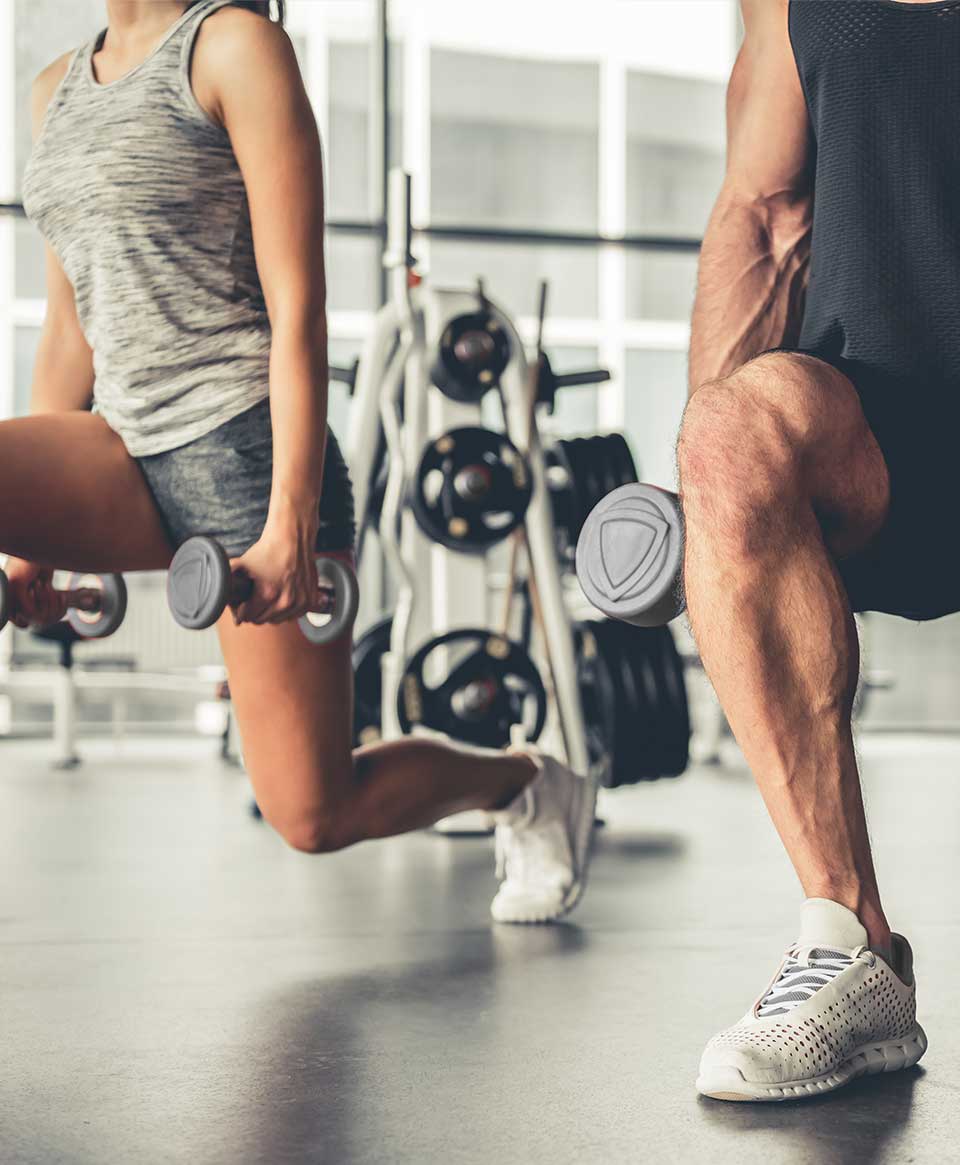
When it comes to working out there’s a big difference between discomfort, hurt, pain and injury.
Exercise stresses all parts of the body. Your lungs,heart and nervous system work overtime to keep you moving; while, your joints, tendons, ligaments and cartilage are stressed under the power of muscle and bone. A good workout will leave you challenged and fatigued upon completion.
Delayed Onset Muscle Soreness
DOMS is a familiar experience to almost everyone on a gym routine, but especially those who have just started. No matter how new you are to the gym, soreness will be unavoidable sometimes. Especially, since one of the results of a good workout is soreness.
Soreness tells you, you are challenging the muscles. When venturing down a new exercise regimen whether it be lose weight, build muscle or just maintain at times you may experience discomfort from fatiguing different muscle groups. However, DOMS should go away within 12-48 hours. That’s why when dealing with these new sensations its important to know the difference between pain and injury.
Discomfort & Soreness: What’s Normal
As we exercise, lactic acid builds up in the muscle. This is what creates a burning and tingling sensation in your muscles worked. When you complete the exercise, fresh blood pumps the lactic acid out and the burning subsides. Lactic acid build-up is a great indication that you’re working the muscle beyond it’s capacity and it’s responding.
Injury: When to Back Off
An injury is usually accompanied by a sudden and sharp pain. You’ll likely feel pressure in the area and movements of the area may hurt. This seems like common sense, but many people ignore pain, work through pain, justify pain and in some cases even train in pain. When something hurts, you should seek immediate help. This can help you avoid further injuring yourself.
How To Avoid Injury
If you’re just starting out with a new gym routine take your time and allow all your tissues to “catch up” with one another. In time, your body will get stronger and you’ll be able to take on more challenges. More importantly, you’ll also be able to tell the difference between soreness and injury much faster as you become more familiar with the way your body feels and reacts.
That said, your best bet to avoid injury is to use proper form when lifting. Always perform a dynamic or cardio warmup before your workout. Cross train to avoid repetitive motion and overuse of tendons or muscles.
Be smart and ask trainers when attempting to lift something or perform a tough, physical task or ask for a modification. Always make sure to stretch afterwards. (See Stretch Out Your Fitness Success: TRX Workout)
Exercise should not cause pain. If it does, you are either doing it incorrectly, you are not fully recovered from an injury, or you may be on your way to developing a chronic injury. Remember listening to the subtle, and not-so-subtle, warning signs the body provides will get great results.

